





Streets
Streets (or local sometimes called local roads) have the function of providing access rather than serving as a through road for traffic.
Streets may be divided or undivided, typically have design speeds ranging from 30km/h to 50km/h, and connect to the surrounding road network with signalised and unsignalised intersections and roundabouts. Very often heavy vehicle access to streets is restricted either by weight limit and/or curfews.
Historically, as a result of poor planning and design, risk of conflicts among different users has often been high on streets. Urban road environments have often characterized by high traffic volume and limited visibility which disadvantages disadvantage non-motorized road users. Contemporary design emphasises liveability and safety, prioritising active mobility (walking and bicycling) and public transport. Traffic calming techniques and low speed zones should be actively incorporated into street design. Cities are increasingly adopting area-wide 30km/h speed limits on streets in order to promote safety and quality of life. In some cases, closing streets to general motorised traffic at designated times, days or permanently is improving access and safety for sustainable transport users, as well as reducing localised congestion, noise and air pollution.
Case Studies
Related Images
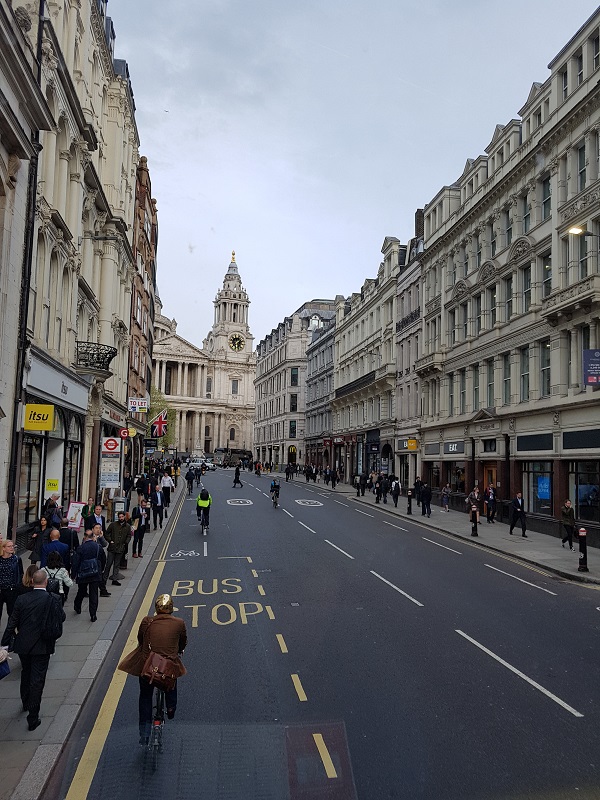 City street in London, England. Image credit: Alina Burlacu
City street in London, England. Image credit: Alina Burlacu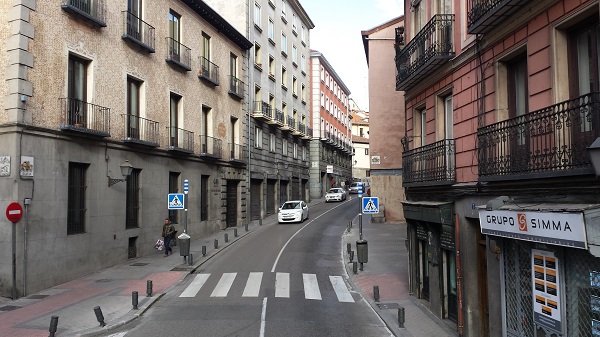 City street with unsignalised pedestrian crossing in Madrid, Spain. Image credit: Alina Burlacu
City street with unsignalised pedestrian crossing in Madrid, Spain. Image credit: Alina Burlacu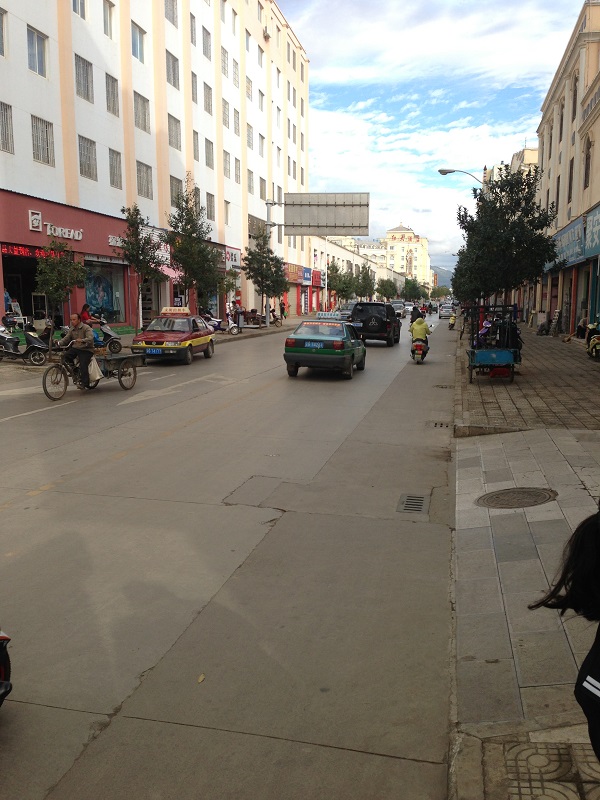 Local street in China. Image credit: Monica Olyslagers
Local street in China. Image credit: Monica Olyslagers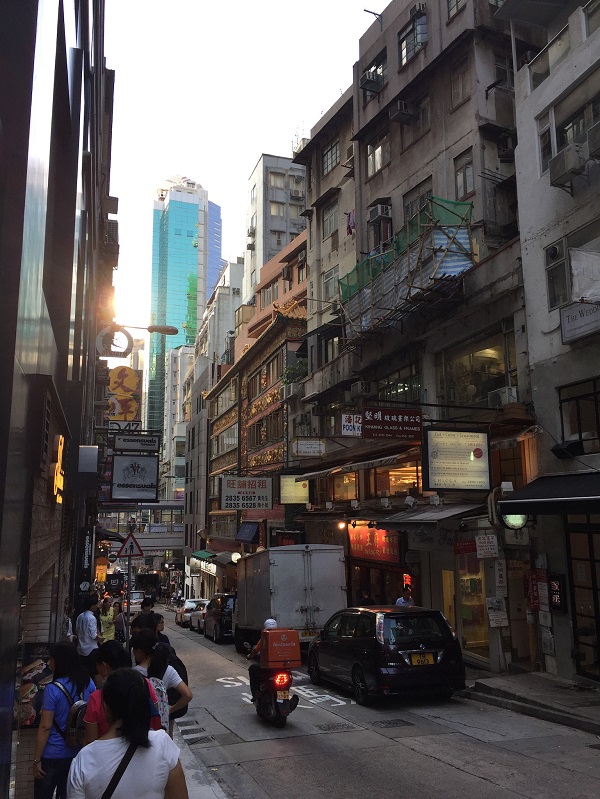 Local street in Japan. Image credit: Unknown
Local street in Japan. Image credit: Unknown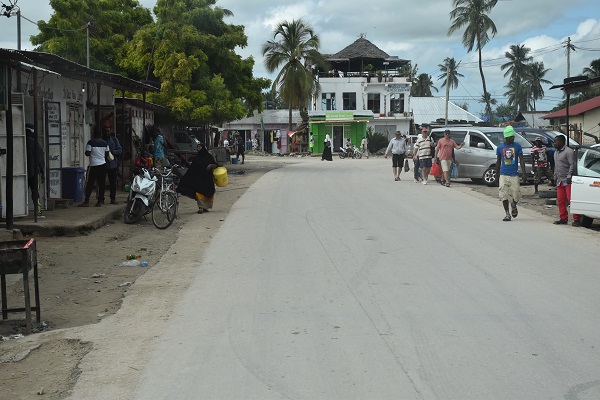 Local street in Tanzania. Image credit: Alina Burlacu
Local street in Tanzania. Image credit: Alina Burlacu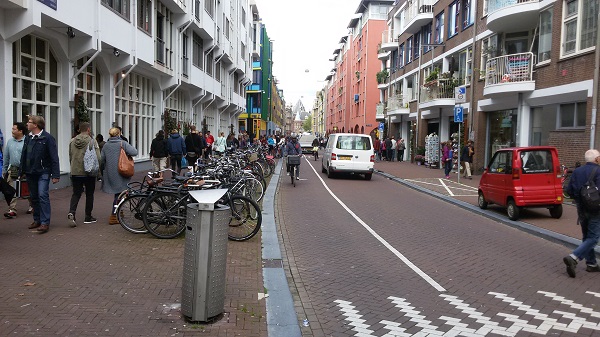 Local street in the Netherlands. Image credit: Alina Burlacu
Local street in the Netherlands. Image credit: Alina Burlacu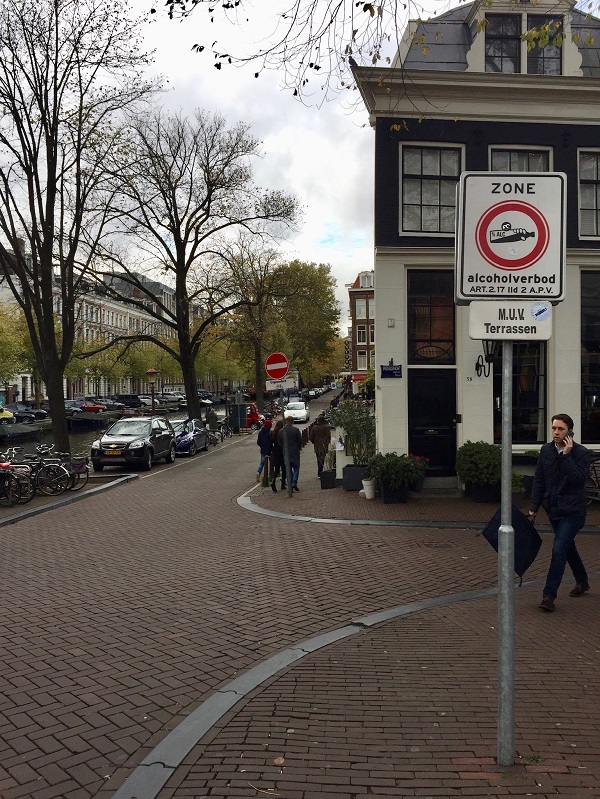 Shared street in Amsterdam, Netherlands. Image Credit: Monica Olyslagers
Shared street in Amsterdam, Netherlands. Image Credit: Monica Olyslagers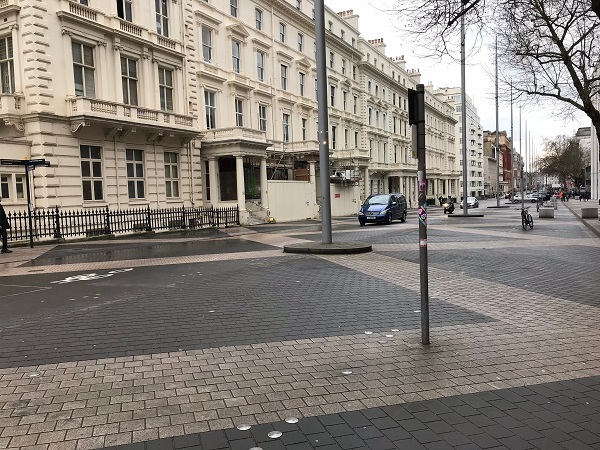 Shared street in London, England UK. Image Credit: Monica Olyslagers
Shared street in London, England UK. Image Credit: Monica Olyslagers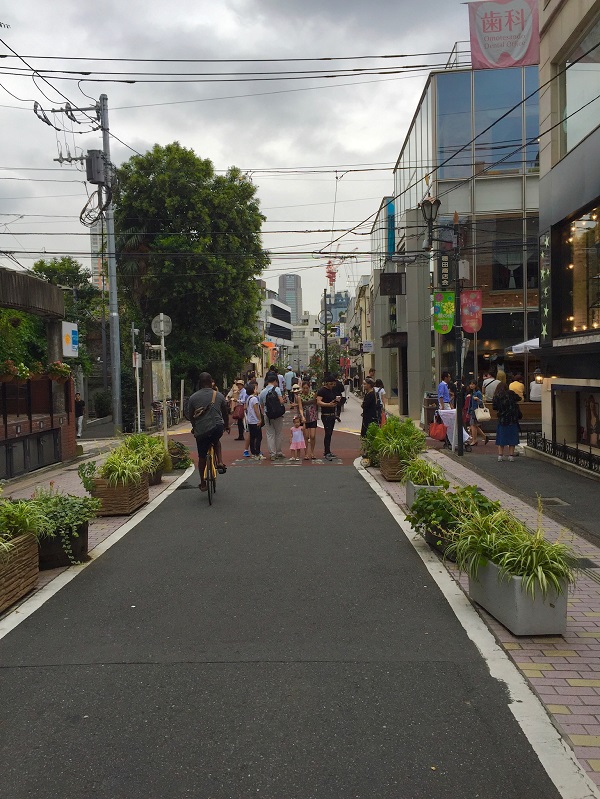 Shared street in Tokyo, Japan. Image Credit: Monica Olyslagers
Shared street in Tokyo, Japan. Image Credit: Monica Olyslagers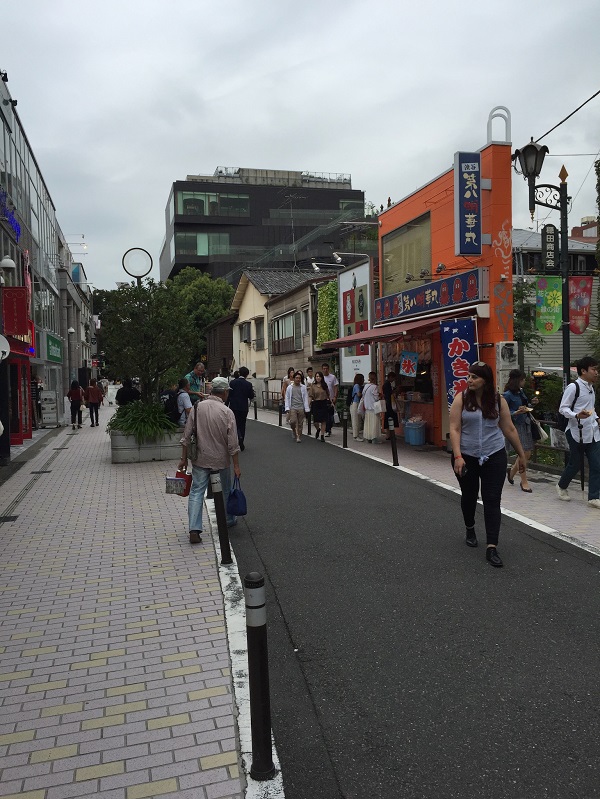 Shared Street in Tokyo. Image Credit: iStock
Shared Street in Tokyo. Image Credit: iStock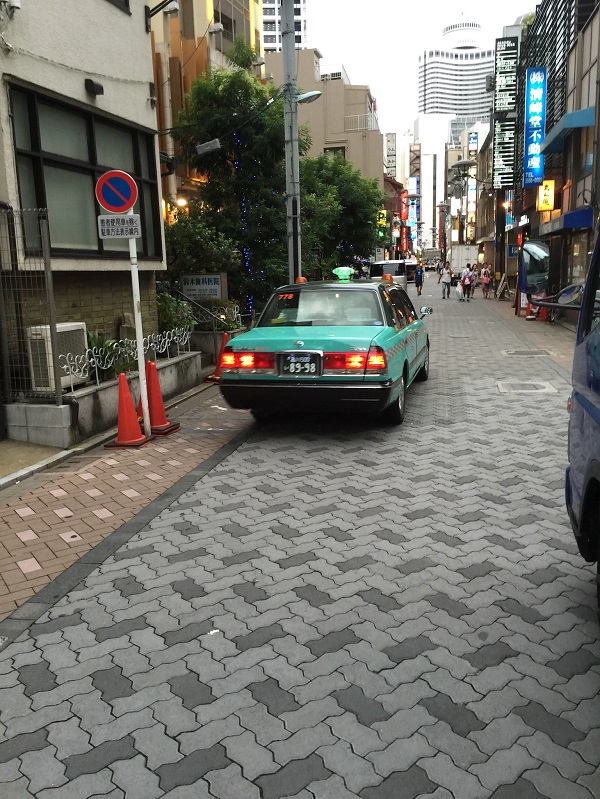 Shared street in Tokyo, Japan. Image Credit: Monica Olyslagers
Shared street in Tokyo, Japan. Image Credit: Monica Olyslagers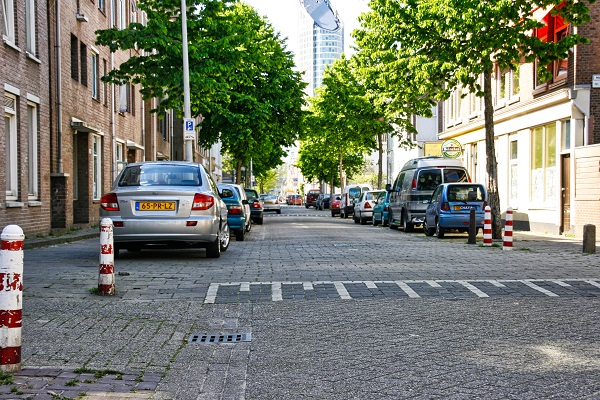 Speed calming by providing raised rough surface paver blocks. Image credit: Monica Olyslagers
Speed calming by providing raised rough surface paver blocks. Image credit: Monica Olyslagers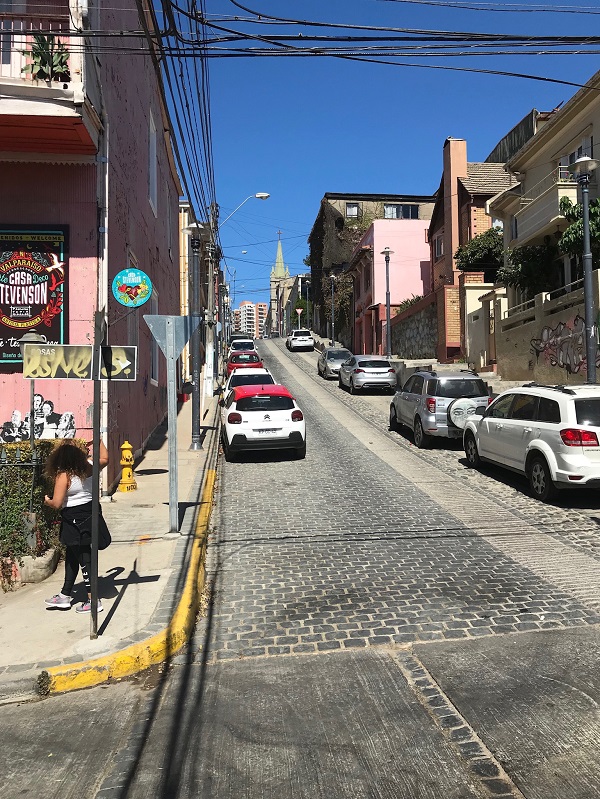 Traffic calming in Chile. Image credit: Monica Olyslagers
Traffic calming in Chile. Image credit: Monica Olyslagers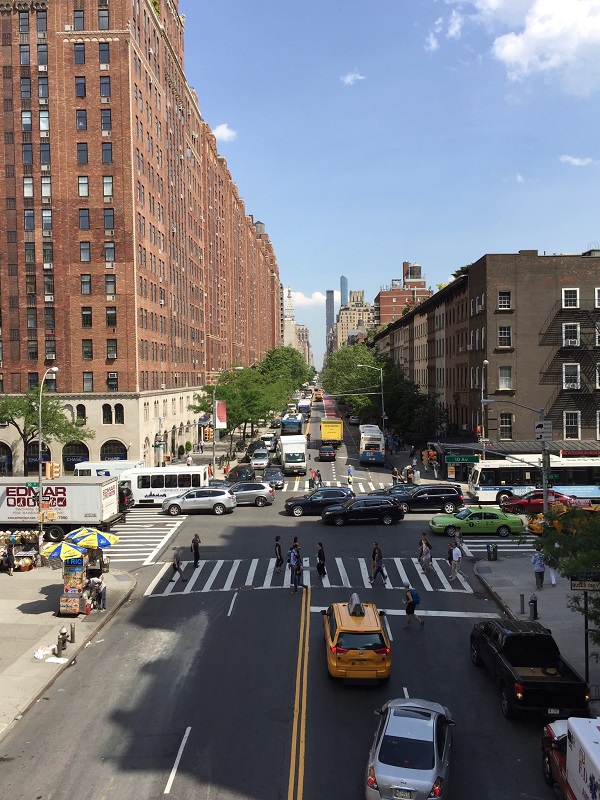 Urban street in New York, USA. Image credit: Monica Olyslagers
Urban street in New York, USA. Image credit: Monica Olyslagers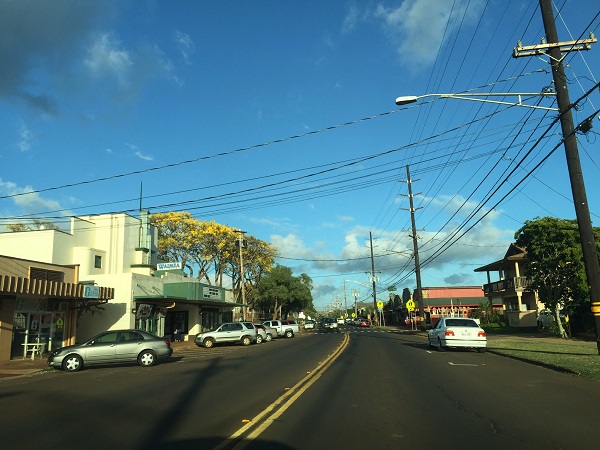 Village main street with on-street parking in Hawaii. Image credit: Monica Olyslagers
Village main street with on-street parking in Hawaii. Image credit: Monica Olyslagers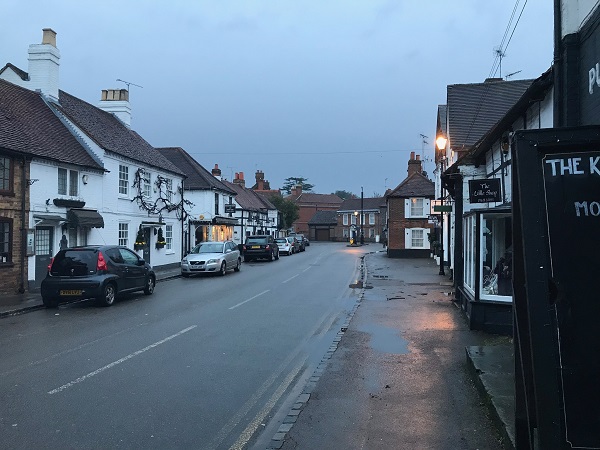 Village street in England, UK. Image credit: Monica Olyslagers
Village street in England, UK. Image credit: Monica Olyslagers








